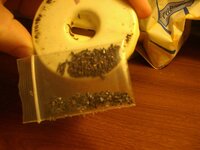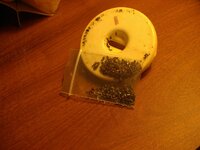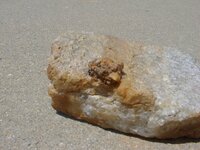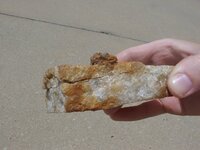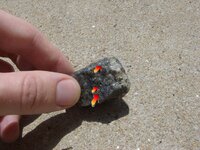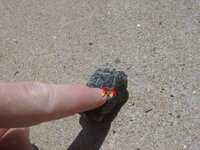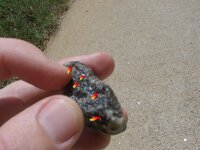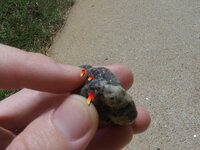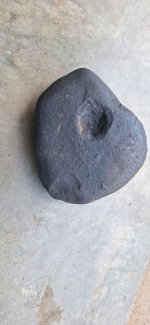Astrobouncer
Hero Member
- Jun 21, 2009
- 823
- 343
Here's some of the concentrate rocks from another spot I been looking at. Obviously the rocks on top sitting on the magnet are magnetite and some hematite. However the other shiny gray/black pieces on the bottom, I am not sure about. They are not magnetic. In the first picture you can see my thumb, to get an idea of the scale.
The bottom rocks most of them have high luster on one side, and the gray metallic luster on the other sides.
Is it pieces of lead? Or maybe silver? In the second picture you can see the high luster of a couple of the bottom pieces reflecting the lamp light. Thanks in advance for any help. I know the pictures are not the best but my camera has a problem focusing on small objects. Also this spot seems to have a lot of garnets and muscovite schist.
The bottom rocks most of them have high luster on one side, and the gray metallic luster on the other sides.
Is it pieces of lead? Or maybe silver? In the second picture you can see the high luster of a couple of the bottom pieces reflecting the lamp light. Thanks in advance for any help. I know the pictures are not the best but my camera has a problem focusing on small objects. Also this spot seems to have a lot of garnets and muscovite schist.
Attachments
Upvote
0


